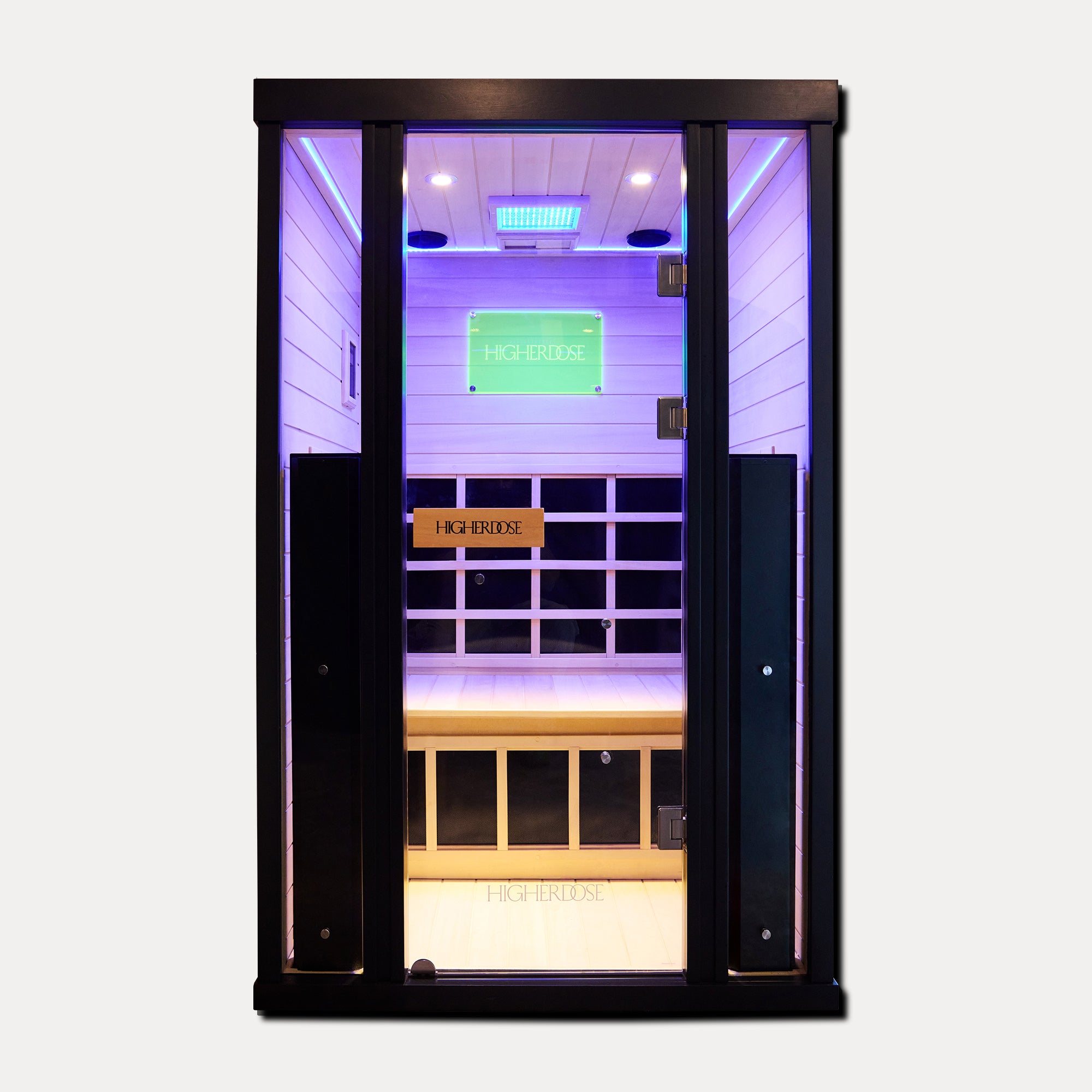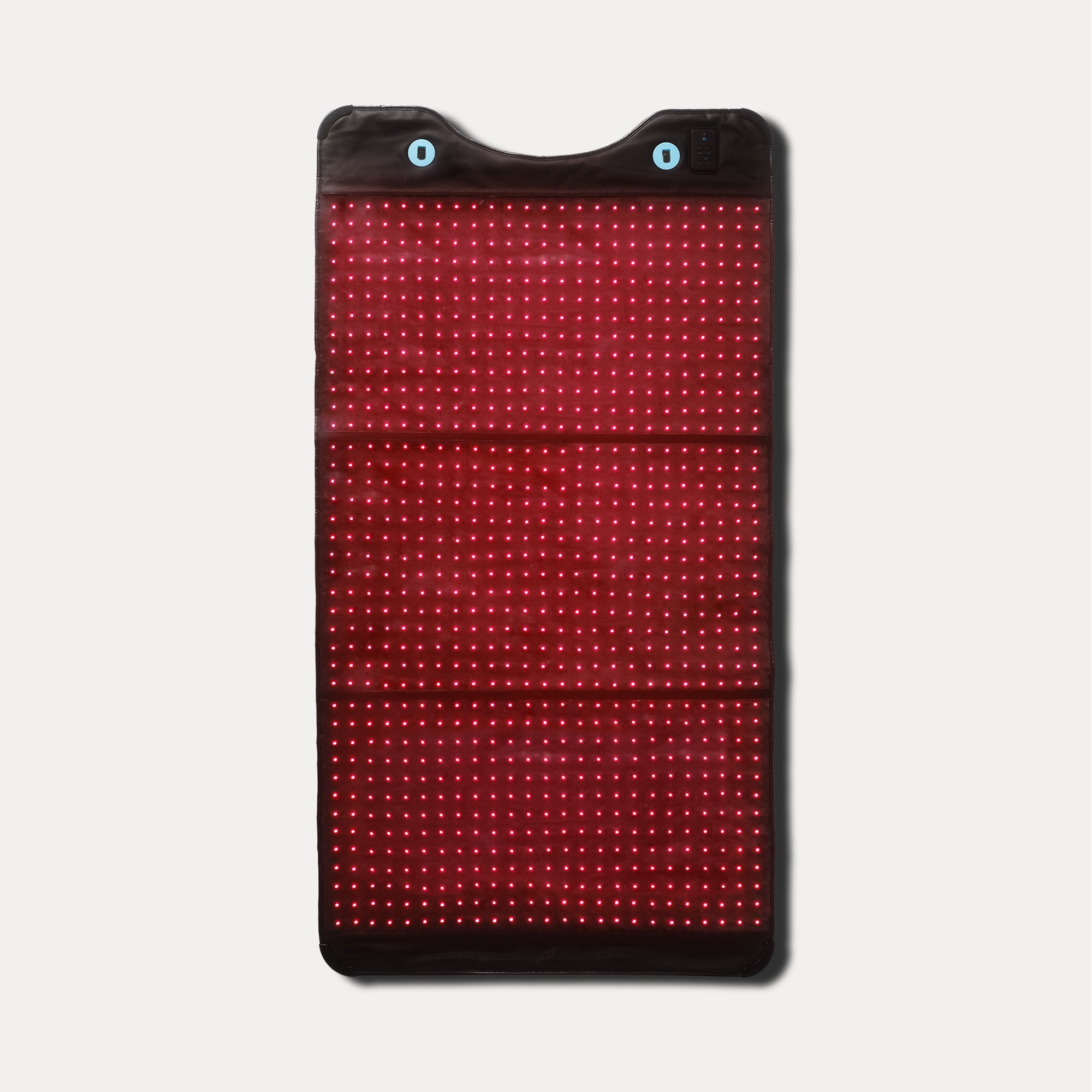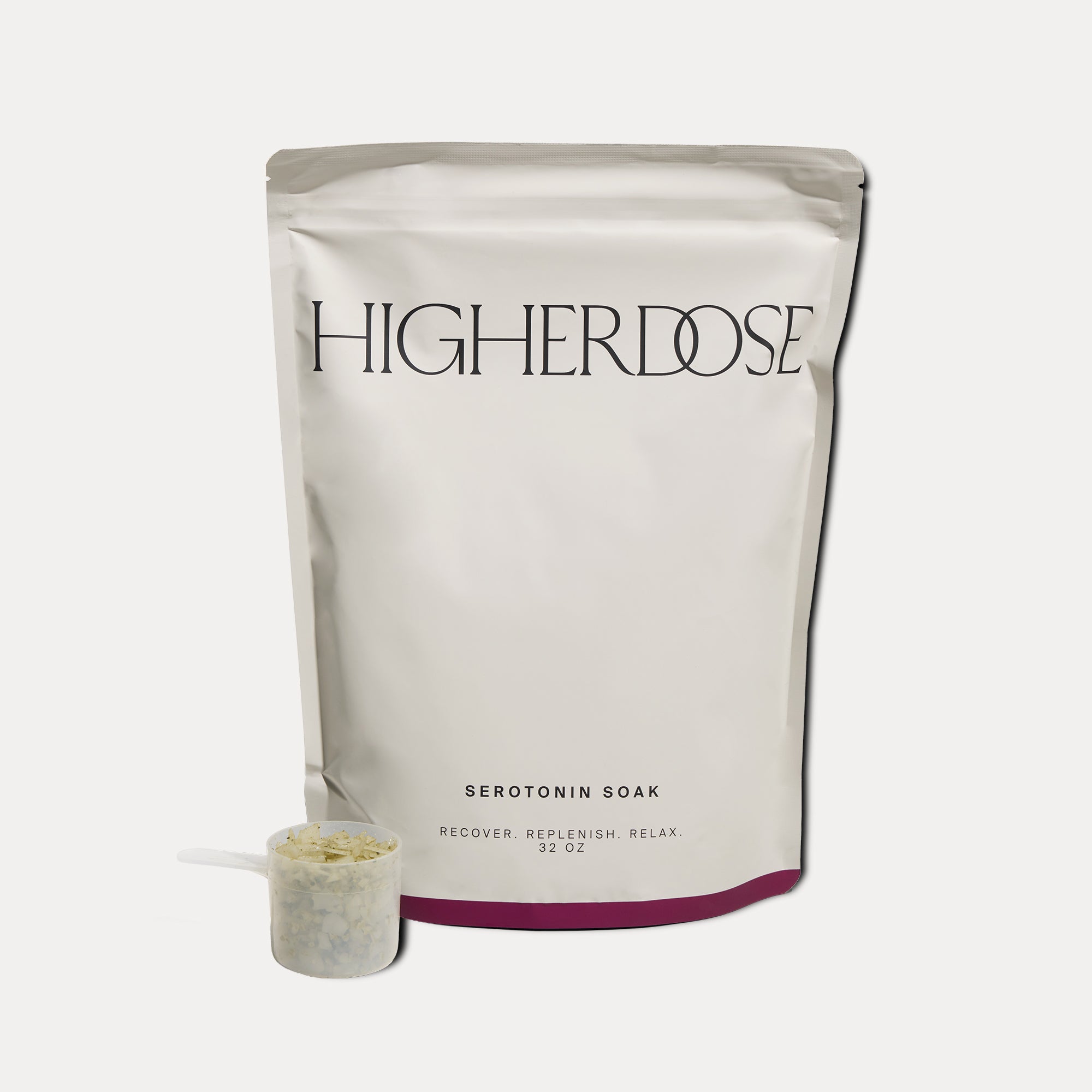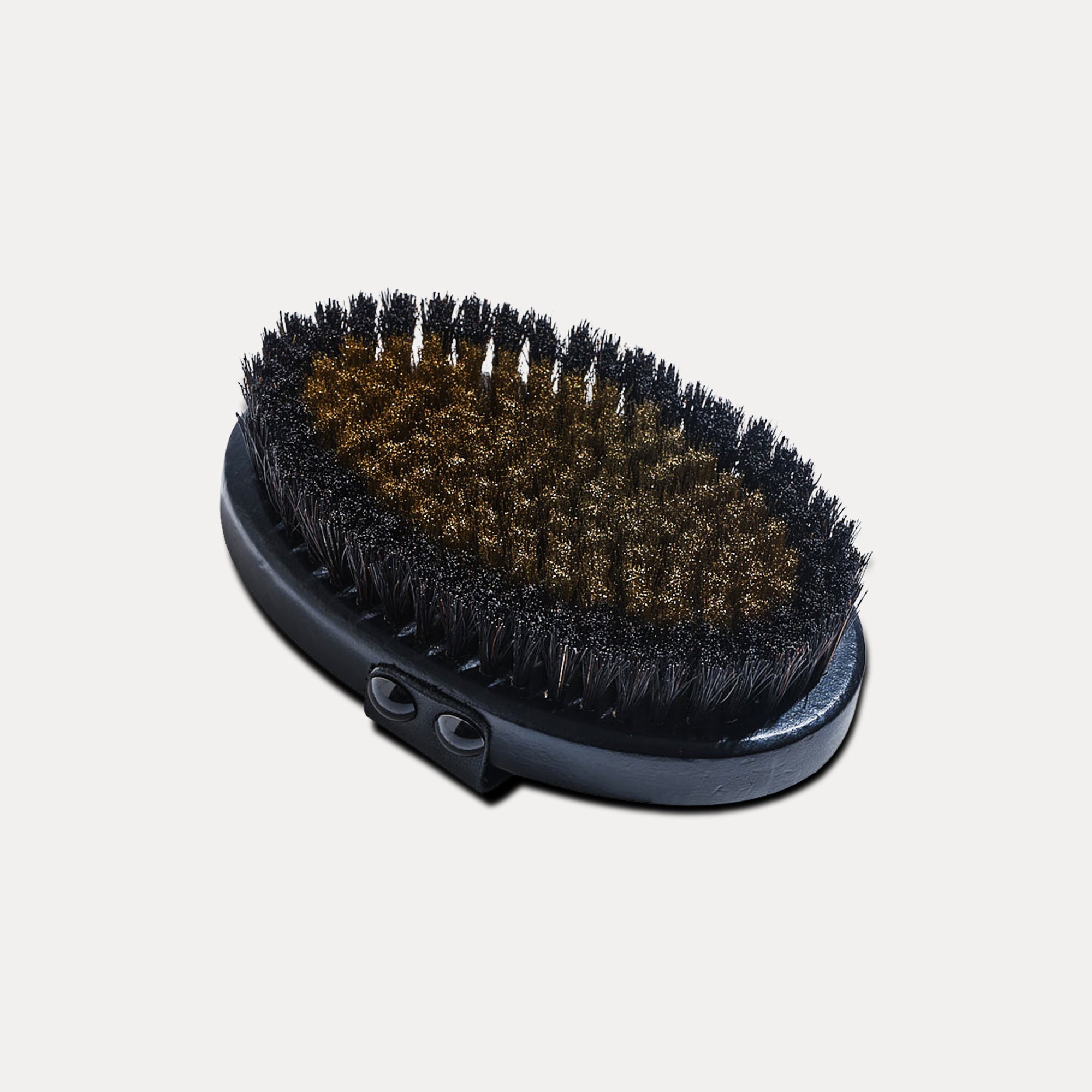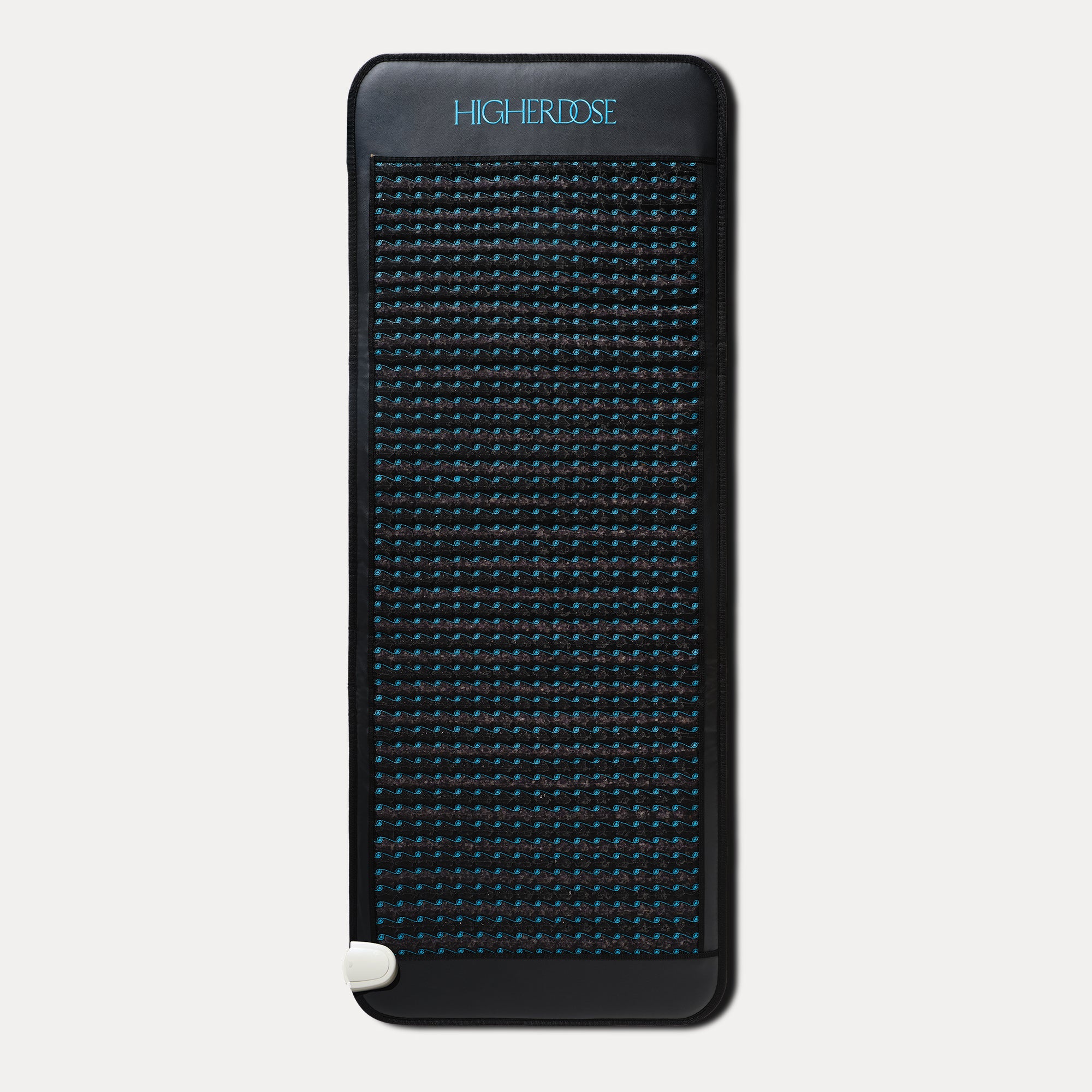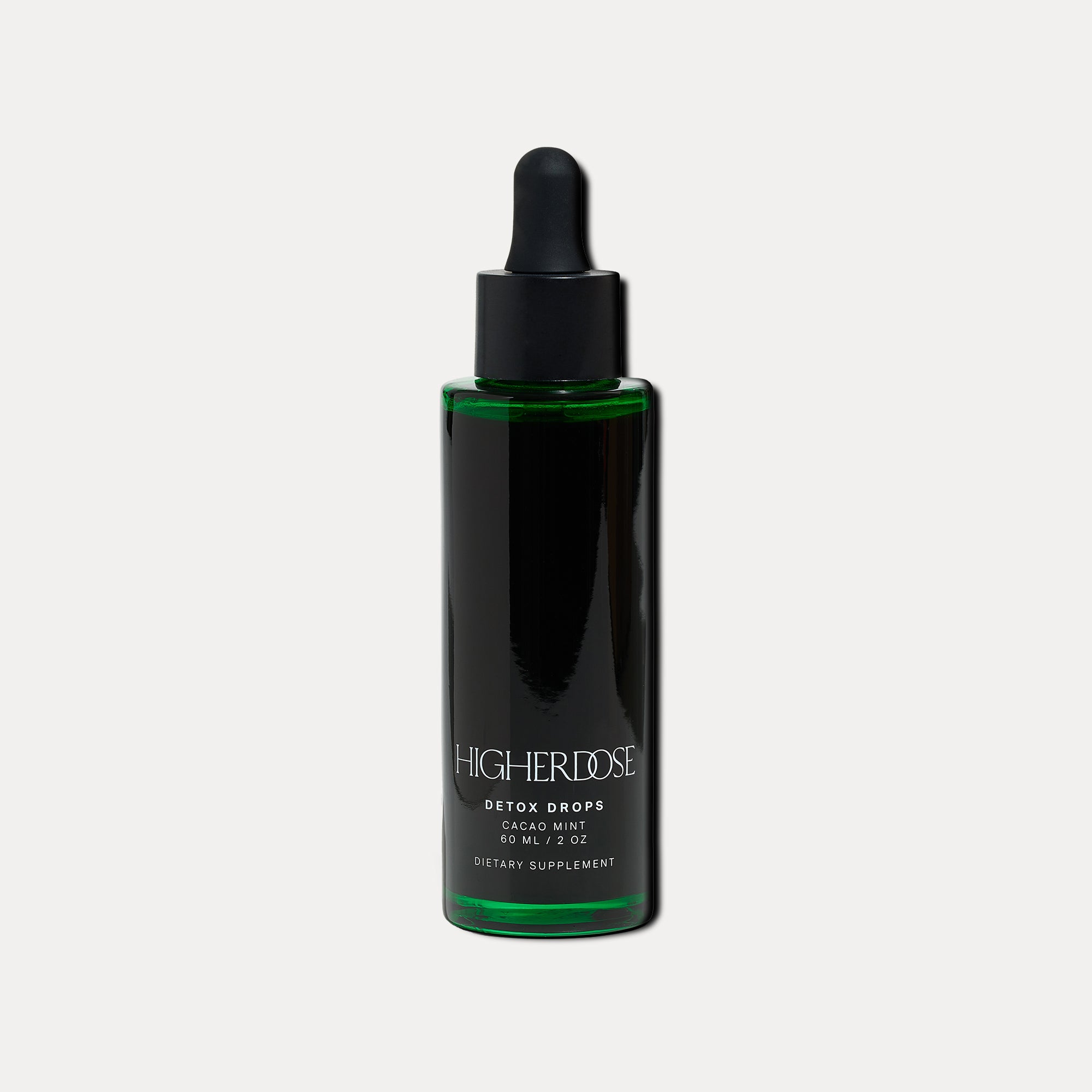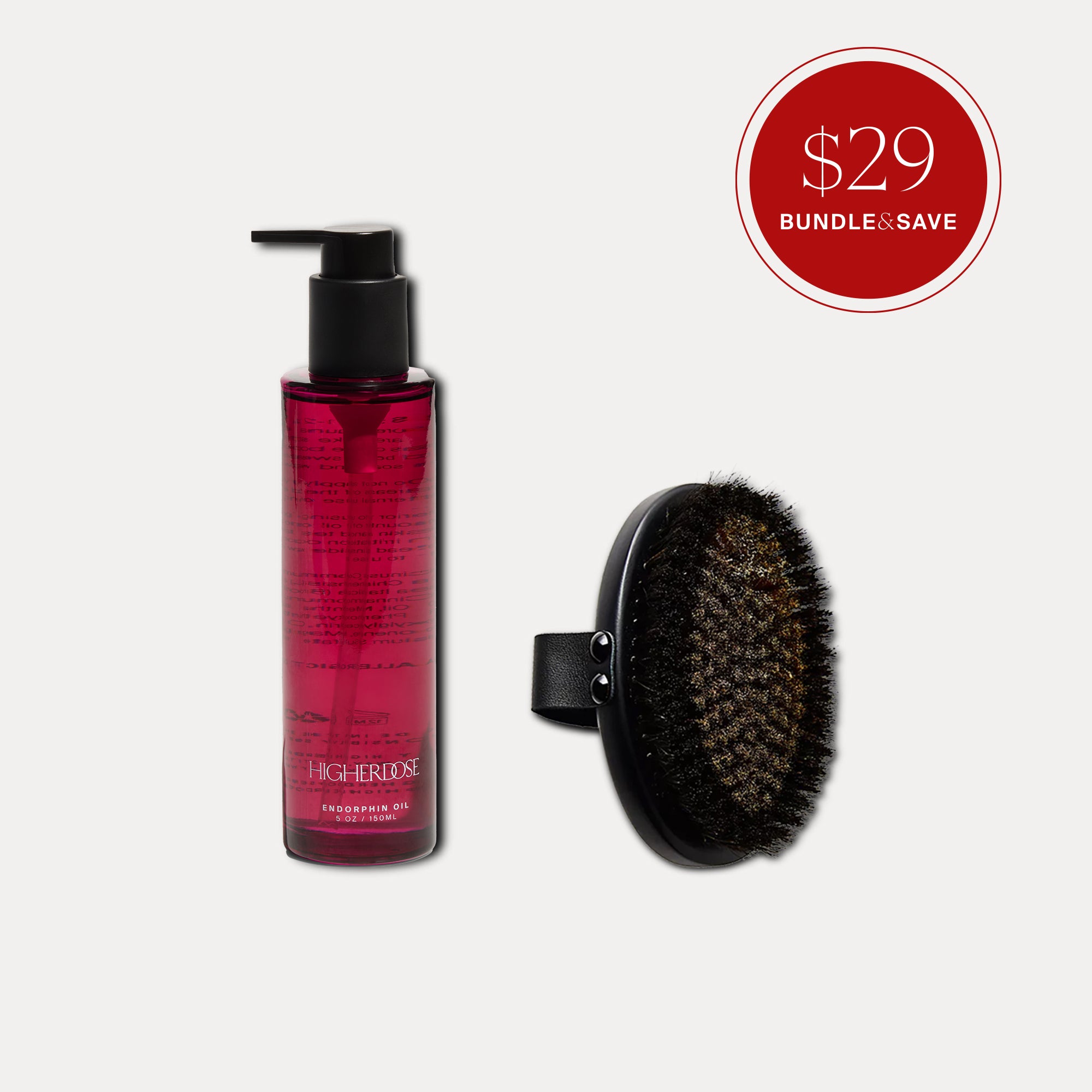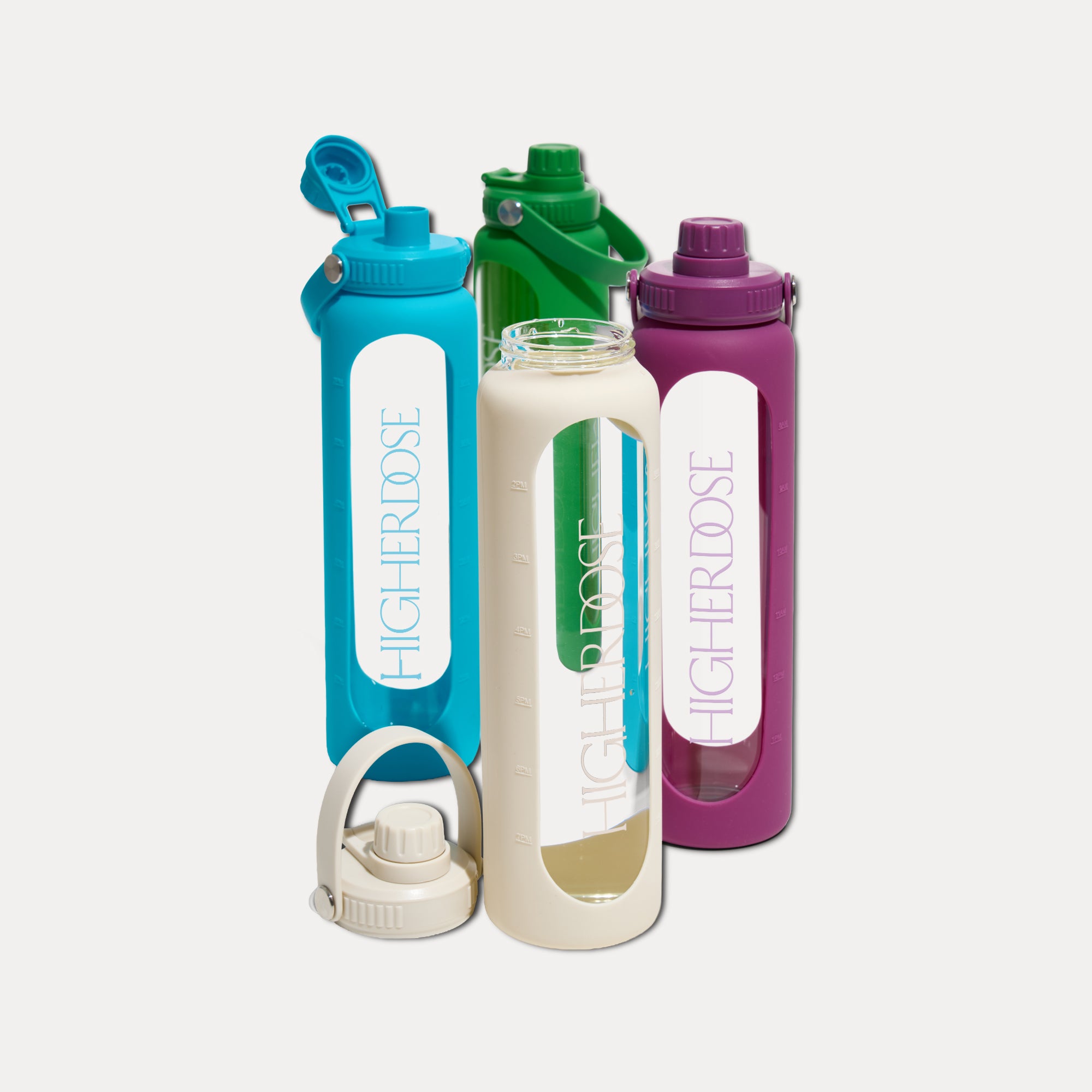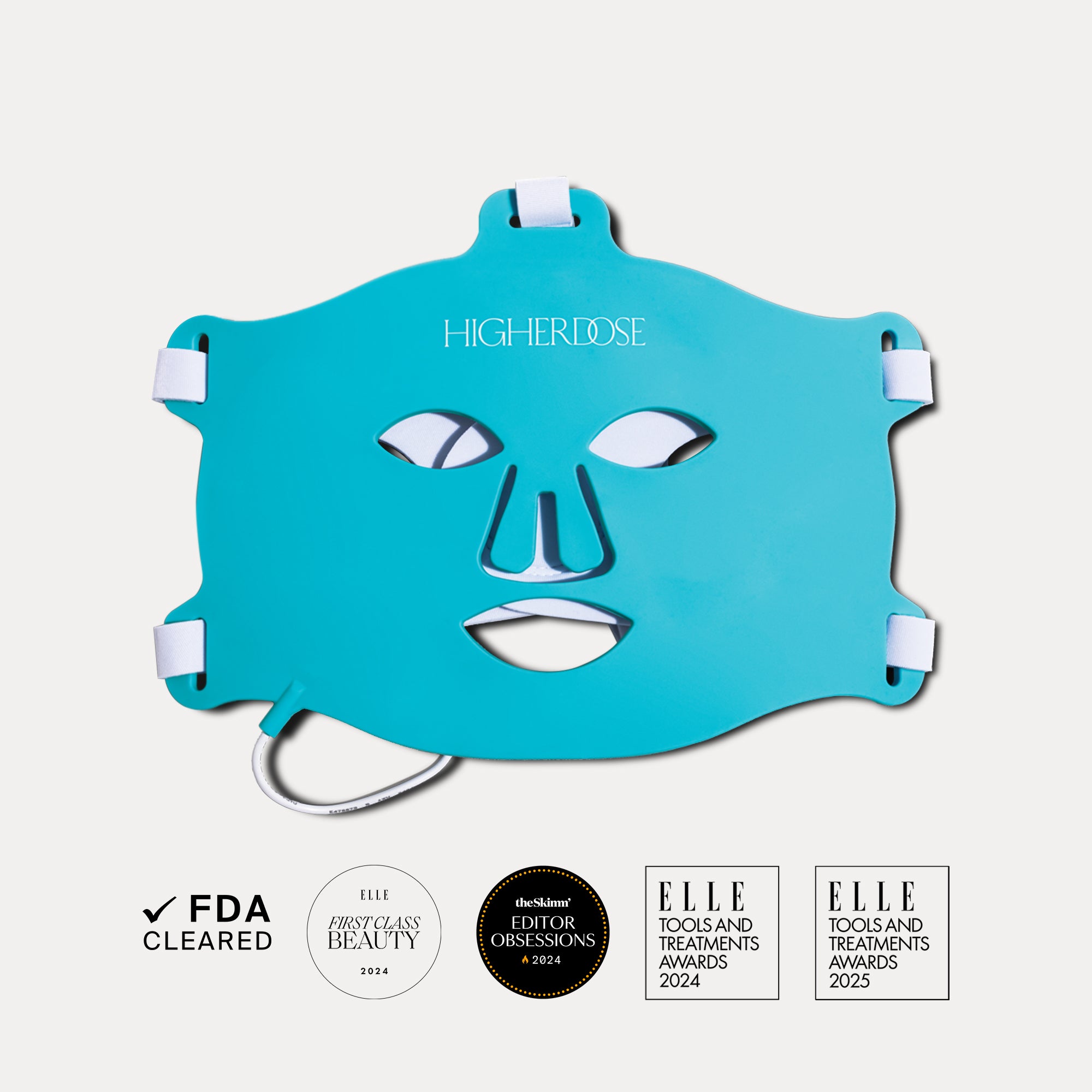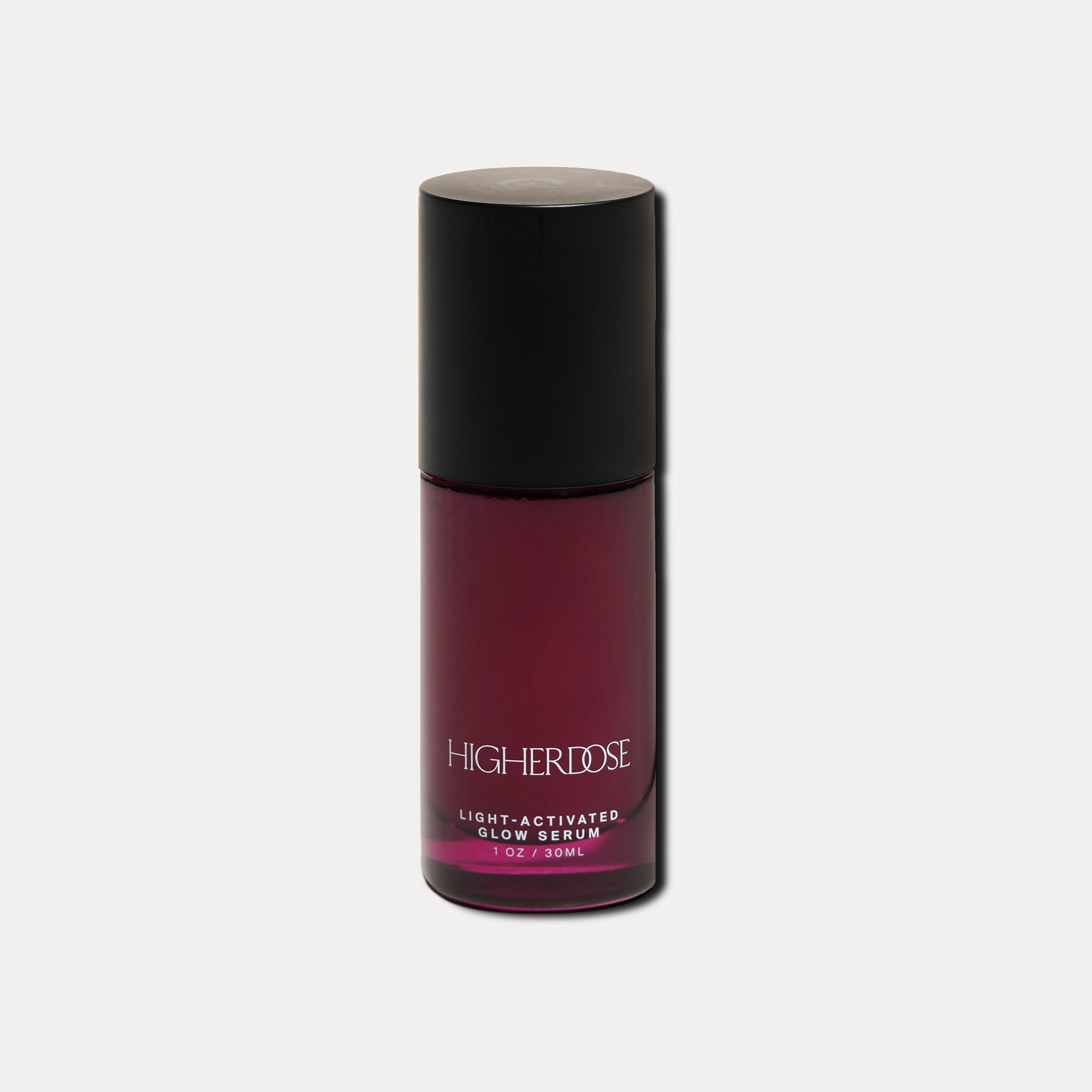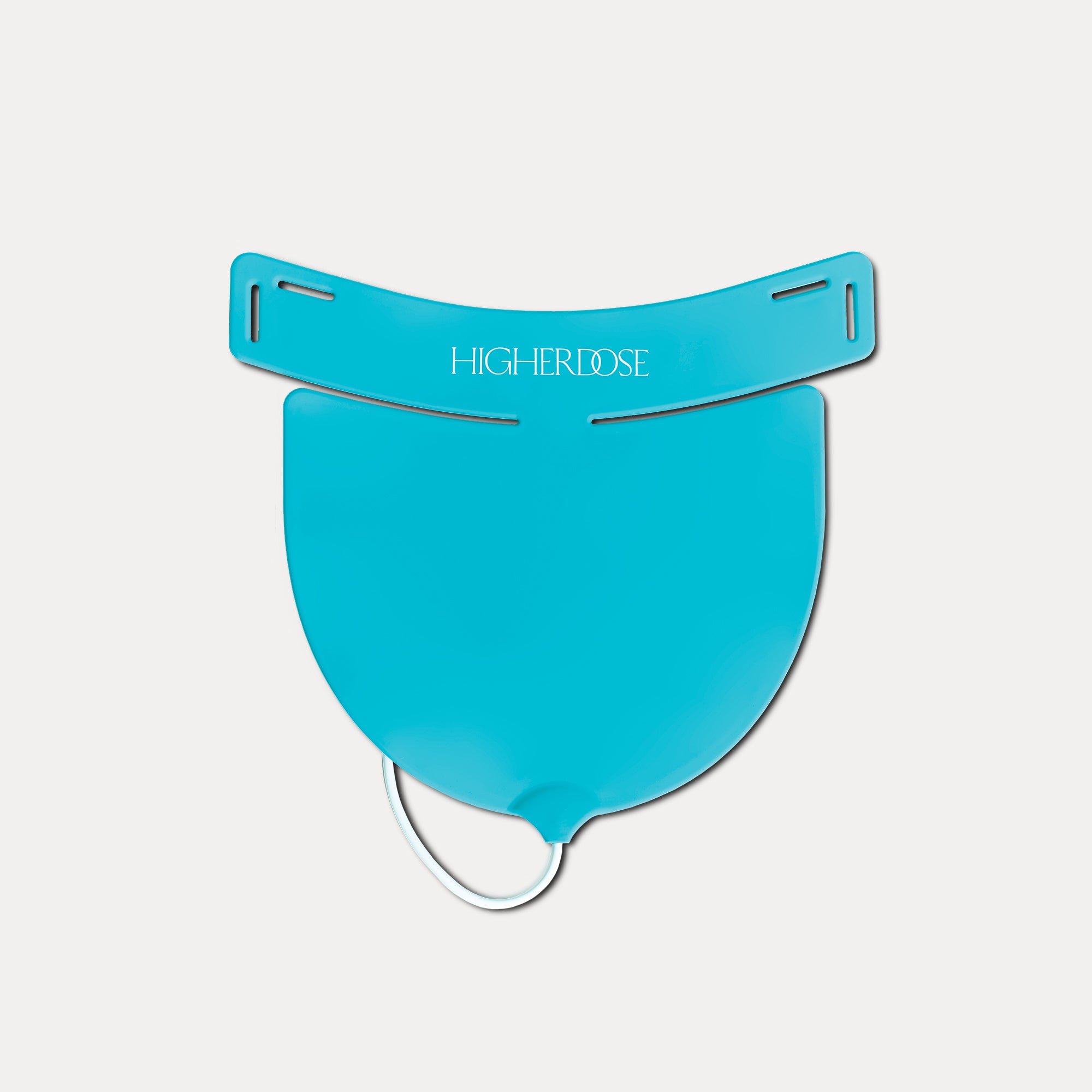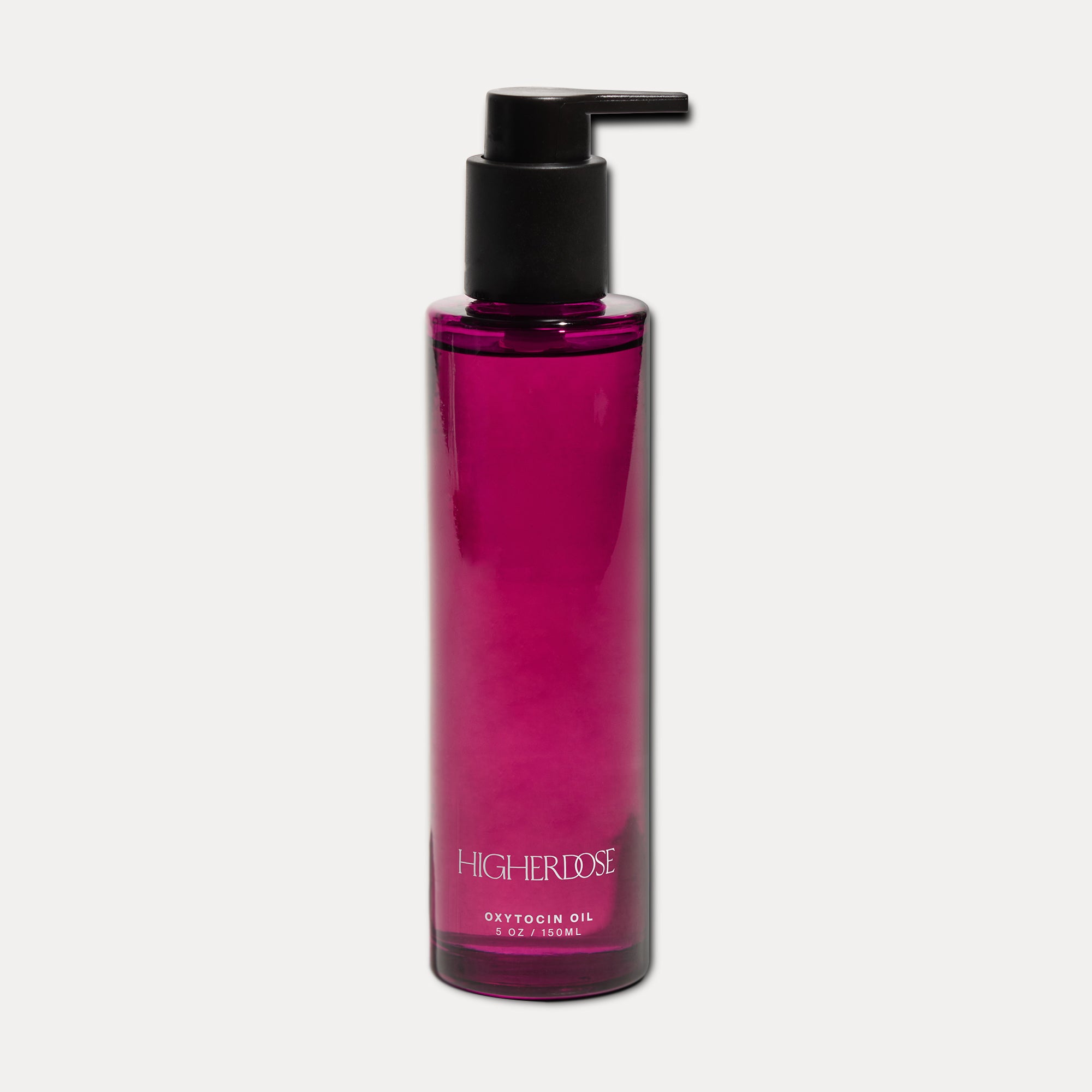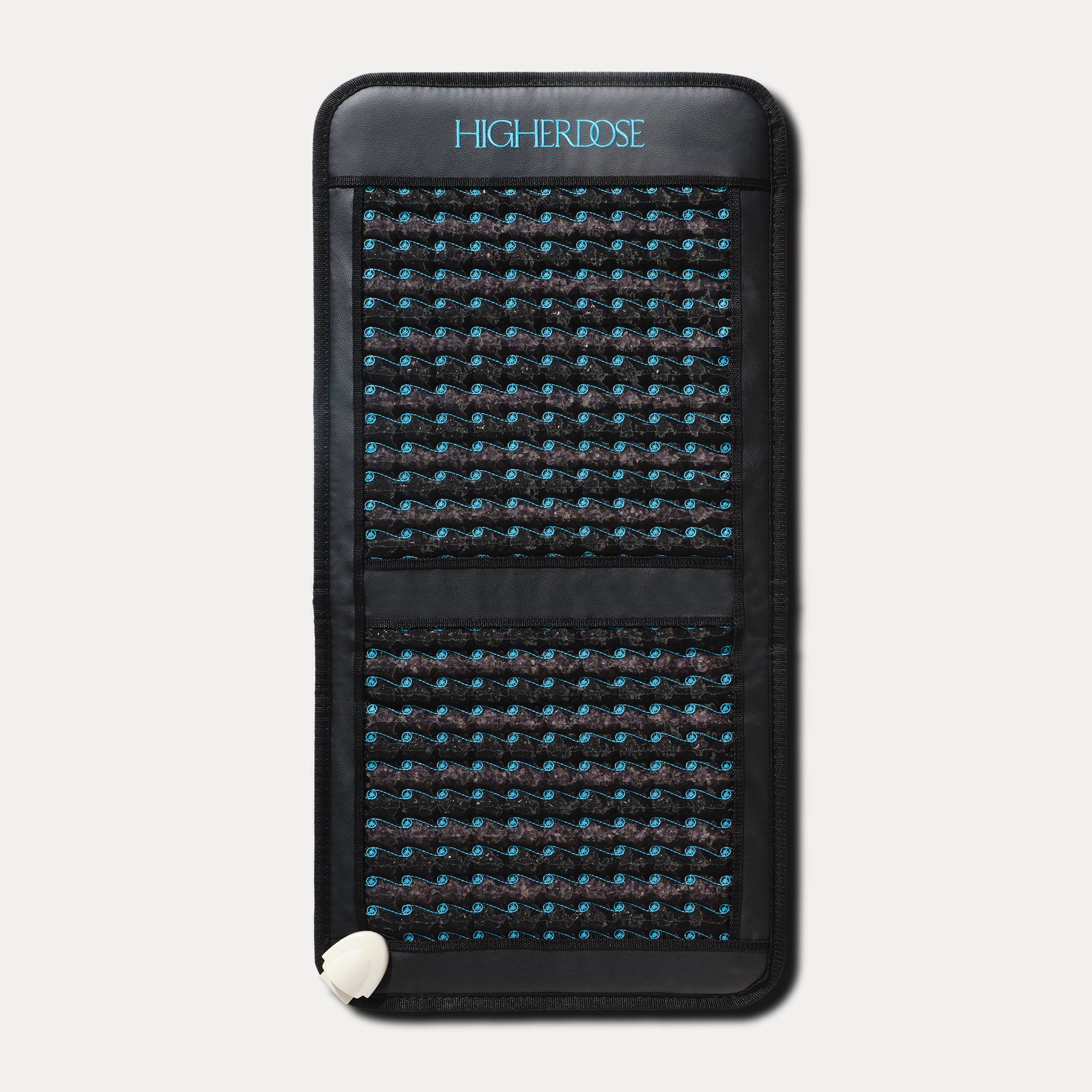
The Benefits of Using Infrared Saunas to Treat Lyme Disease
Sunshine, fresh air, the open view of sky and mountains—ah, the great outdoors. Yet, even as you bask in Mother Nature’s delights, there are always things to be wary about, such as bad weather and campfires. Then there are those environmental hazards so minute they're easily hidden from view. We're referring to ticks, those tiny eight-legged creatures common in wooded or grassy areas. However, they can also thrive in urban and coastal areas. And these creatures can harbor microorganisms that carry all sorts of diseases. In this post, we'll zero in on one such health problem, Lyme disease, and how cutting-edge infrared saunas can effectively help treat it.
How does Lyme disease occur?
Lyme disease is an infection spread through bites from ticks that piggyback on woodland animals like deer, birds, squirrels, chipmunks, mice, and other rodents. When an infected tick bites you, the spiral-shaped bacteria Borrelia burgdorferi (B.b. for short) it carries then invades the skin, triggering a local infection. From there, it progresses to the next stage, where the microorganisms can spread to secondary organs, such as the heart, the joints, and the central nervous system.
Symptoms of Lyme disease
Common symptoms of early Lyme disease may slightly differ from person to person. Several days or even weeks after being bitten by a diseased tick, you may experience the following:
- Red, circular, or oval rashes (some looking like bull's eyes) which itch or feel hot
- Headaches
- Muscle and joint aches and pains
- Poor appetite
- Fever or chills
- Fatigue or dizziness
- Stiff neck
- Swollen lymph nodes
If left untreated, these may escalate to more advanced symptoms, including:
- Facial weakness and paralysis (Bell’s Palsy)
- Cardiac issues, such as palpitations, heart inflammation, or a slow heartbeat
- Vision and hearing problems
- Arthritis
- Neurologic diseases, such as tingling and numbness in the extremities
- Cognitive difficulty, including issues with speech, memory, and concentration

Prevention and treatment of Lyme disease
Naturally, the prevention of Lyme disease will always trump its treatment. To protect yourself and your loved ones, reduce typical tick habitats by removing leaf litter, clearing bushes, mowing the lawn often, and getting rid of old mattresses and other trash where ticks may hide. You may also want to keep your garden furniture and playground equipment away from trees and wood piles. Another way is to use tick repellents to keep yourself and the environment safe. If you're fond of hiking or walking, avoid high grass. Also, constantly check for ticks on your fur babies.
If you suspect Lyme disease, immediately see a doctor experienced in tick-borne disorders for an accurate diagnosis and treatment. They may recommend the standard early-stage treatment of oral antibiotics, such as doxycycline for adults and amoxicillin or cefuroxime for adults and children. If the central nervous system has already been affected, you may be treated for a few weeks with intravenous antibiotics to eliminate the infection. However, don't forget to ask your doctor about their possible side effects, such as diarrhea and a reduced white blood cell count (which puts you at high risk of developing an infection).
How does infrared sauna help treat Lyme disease?
One potent therapy you can discuss with them is the use of infrared saunas. Research shows that infrared light used in such saunas can successfully help combat Lyme disease as a supplementary or alternative treatment. Infrared light mimics the sun's natural healing powers without any of the harmful effects of UV exposure. Instead, the long, low-frequency wavelengths of this type of electromagnetic radiation safely penetrate deep beneath the skin down to the cellular level and deliver immense health benefits. Here are some of the ways that infrared saunas can be an effective complementary therapy for Lyme disease:
1. It may reduce oxidative stress.
Unfriendly bacteria from Lyme disease excrete toxins that trigger oxidative stress. This happens when harmful free radicals win over the body's protective antioxidants. This damages the cell walls and DNA, resulting in decreased mitochondrial function. When the mitochondria or the power generators of cells become impaired, this can lead to fatigue, brain fog, a leaky gut, and a lot more. Long-term oxidative stress can also cause chronic inflammation, neurodegenerative diseases like Alzheimer’s and Parkinson’s, diabetes, and even cancer.
Infrared light may reverse this effect of the B.b. bacteria. For example, one study shows that patients at risk for heart disease had reduced oxidative stress after undergoing far-infrared therapy (FIR). On the other hand, near-infrared light has been demonstrated to capably bio-modulate cellular processes (to adjust to environmental conditions). Thus, infrared technology can help the body function more efficiently and revitalize tissues injured by oxidative stress from bad bacteria.
2. It may boost endothelial function.
Lyme carditis can occur when the blood disseminates B.b. bacteria to the heart, thus causing infection. Although uncommon, it can have devastating consequences, such as palpitations and blockage of the arteries, resulting in low blood pressure and cardiac arrest.
Studies demonstrate that FIR treatment can protect the heart by enhancing endothelial function. The endothelium is a delicate membrane lining the inner walls of the heart and blood vessels. Its cells and enzymes are responsible for regulating cardiovascular functions. Endothelial dysfunction may precede the abnormal hardening and thickening of arteries and lead to a stroke or heart attack.
Far-infrared rays can penetrate two to three centimeters deep into the tissues beneath the skin's layers to effectively and safely accelerate blood flow. The energy from FIR therapy increases eNOS (endothelial nitric oxide synthase) activity and nitric oxide production. The eNOS cells are a specific type of endothelial lining the heart and blood vessels, which are the central regulators of cellular function. On the other hand, nitric oxide is a protective molecule that prevents eNOS cells from uncoupling and becoming dysfunctional.
The restoration of endothelial mechanisms from infrared therapy also promotes the formation of new vessels (collateral blood vessels), which becomes an alternative conduit when the principal ones fail. This stabilizes blood flow, preventing blood clots and heart failure.
3. It may control neointimal hyperplasia.
It may be a mouthful, but neointimal hyperplasia simply refers to the accumulation of smooth muscle cells (cells responsible for contractions) and extracellular matter (remember the non-cellular proteins and molecules?) in the innermost coat of hollow organs, like blood vessels. This process is triggered in response to injuries from factors like aging, interventions like angioplasty, and blood flow abnormalities. Yet another cause is inflammation.
The B.b. bacteria from Lyme disease can trigger swelling in the smooth muscle glands within the blood vessels. The result is enlarged scar tissues which take up more space and decrease the capacity of veins and arteries to hold blood, leading to increased cardiac output (the volume of blood pumped out per minute). When this gets too high, you may end up with various health conditions, such as high blood pressure and heart failure.
FIR helps regulate blood pressure by reducing resistance in the peripheral veins. This is a process triggered by the circulatory system to increase blood pressure. Such increases can result in organ malfunctions when prolonged.
In addition, far-infrared radiation can induce heme oxygenase, a gene critical in inhibiting vascular or blood vessel inflammation. It also enhances skin microcirculation (blood flow in the smallest vessels), which the body uses to deliver nutrients and repair damaged cells and tissues. This helps ease the load on the primary capillaries and arteries.

The HigherDOSE Infrared Sauna: A powerful means to better health
Although more studies need to be made to further explore the extensive healing powers of infrared saunas fully, it’s undeniable that this technology can be a potent ally against Lyme disease and its effects.
At HigherDOSE we are one with the scientific community in finding more effective ways to fight infections and boost health, beauty, and wellness. For instance, indulge in our carry-anywhere Infrared Sauna Blankets with far-infrared rays that deliver a deep, detoxifying sweat to push out heavy metals and increase your heart rate for a healthy glow. Or you can step into an infrared oasis at home with the HigherDOSE Full Spectrum Infrared Saunas. With its near-infrared waves for increased immune function, mid-infrared rays to enhance circulation, and far-infrared light that delivers energy to the cellular core, you’ll get the ultimate detox. Hungry for more ways to heat up and boost your health? Then check out HigherDOSE’s latest collection of high-tech infrared technologies, accessories, ingestibles, and topicals today!


